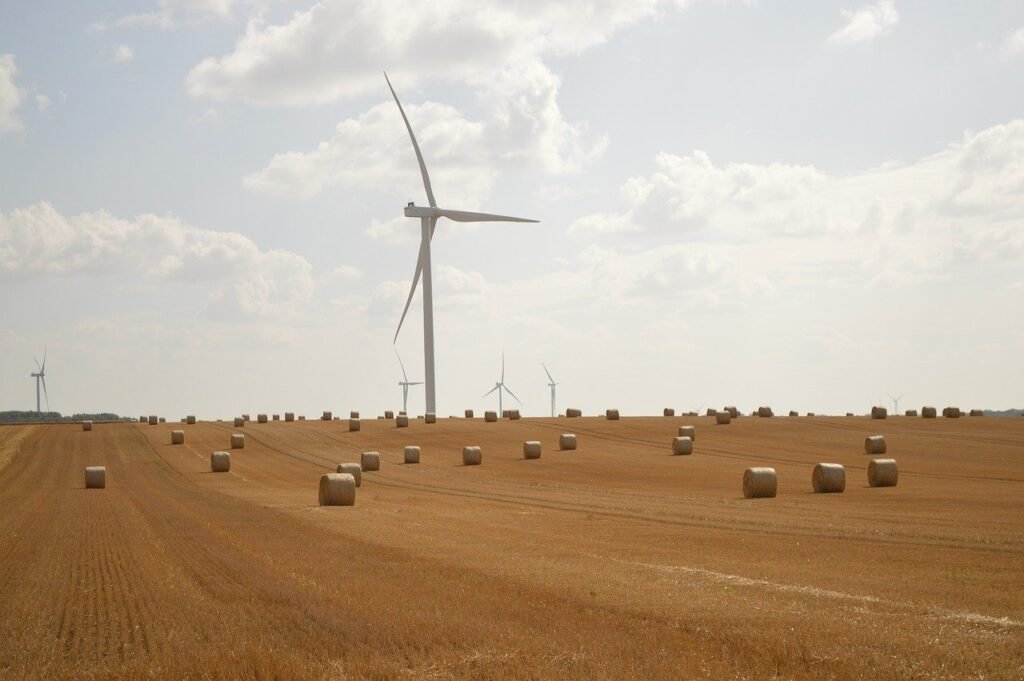Introduction
Large round hay bales are widely used in modern agriculture due to their efficiency in baling, handling, and transportation. However, improper storage can result in significant hay losses, reduced nutritional value, and increased costs for farmers. This study explores different storage methods for large round hay bales and evaluates their effectiveness in minimizing spoilage.
1. Outdoor Storage Without Cover
Storing bales directly on the ground and without cover is the simplest and least expensive method.
- Advantages: No additional infrastructure required, low cost.
- Disadvantages: High risk of moisture absorption from rain and soil contact, leading to mold, rot, and up to 25–30% dry matter loss.
- Recommendation: Only suitable for short-term storage or in dry climates.
2. Outdoor Storage With Bale Net Wrap
Bale net wrap significantly improves outdoor storage performance.
- Advantages: Provides tight binding, reduces water penetration, and minimizes leaf loss during handling.
- Disadvantages: Still vulnerable to prolonged rainfall if left uncovered.
- Effectiveness: Reduces spoilage by improving bale shape and shedding water more efficiently than twine.

3. Elevated Outdoor Storage (On Pallets or Gravel Base)
Raising bales off the ground helps prevent moisture damage from soil contact.
- Advantages: Reduces bottom spoilage, prolongs storage life.
- Disadvantages: Requires extra labor and materials (pallets, gravel).
- Recommendation: Suitable when barns are unavailable, especially when combined with bale net wrap.
4. Covered Outdoor Storage (Tarps or Bale Covers)
Using tarps or specialized bale covers provides additional weather protection.
- Advantages: Reduces direct exposure to rainfall and sunlight, lowering dry matter loss.
- Disadvantages: Tarps can be damaged by wind or require frequent adjustments.
- Effectiveness: Can reduce spoilage losses to 10% or less.
5. Indoor Storage (Barns or Sheds)
Storing hay bales indoors offers the highest level of protection.
- Advantages: Minimizes exposure to rain, snow, and UV radiation; preserves nutritional quality.
- Disadvantages: High infrastructure cost, limited space.
- Effectiveness: Losses typically under 5%, making this the most effective method.
Conclusion
Different storage methods for large round hay bales vary in cost, convenience, and effectiveness. Outdoor storage without cover is economical but results in the highest spoilage, while indoor barn storage provides maximum protection at higher cost. A balanced approach—such as using bale net wrap combined with elevated ground or covers—offers an effective middle ground, reducing spoilage while keeping costs manageable.
For farmers aiming to maximize feed quality and reduce losses, investing in proper storage methods and high-quality bale net wrap is a crucial step toward more efficient forage management.

